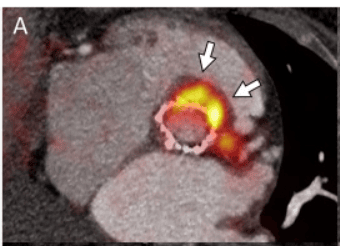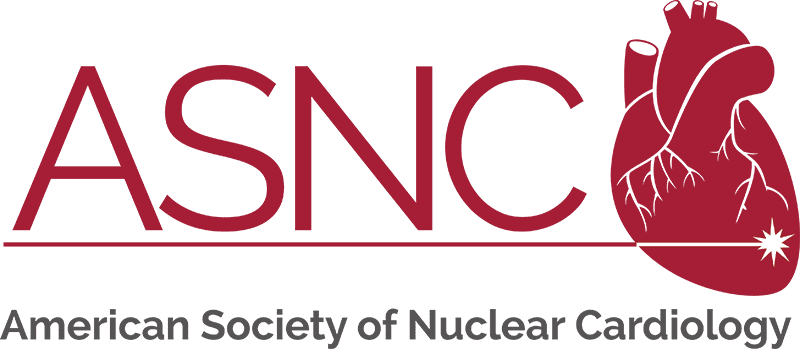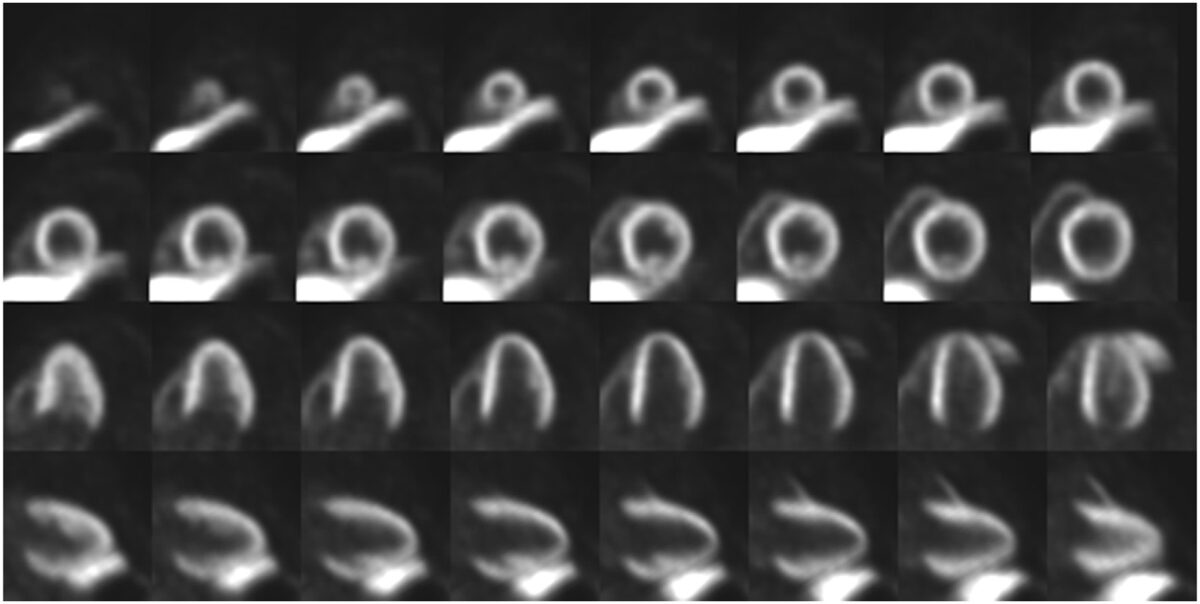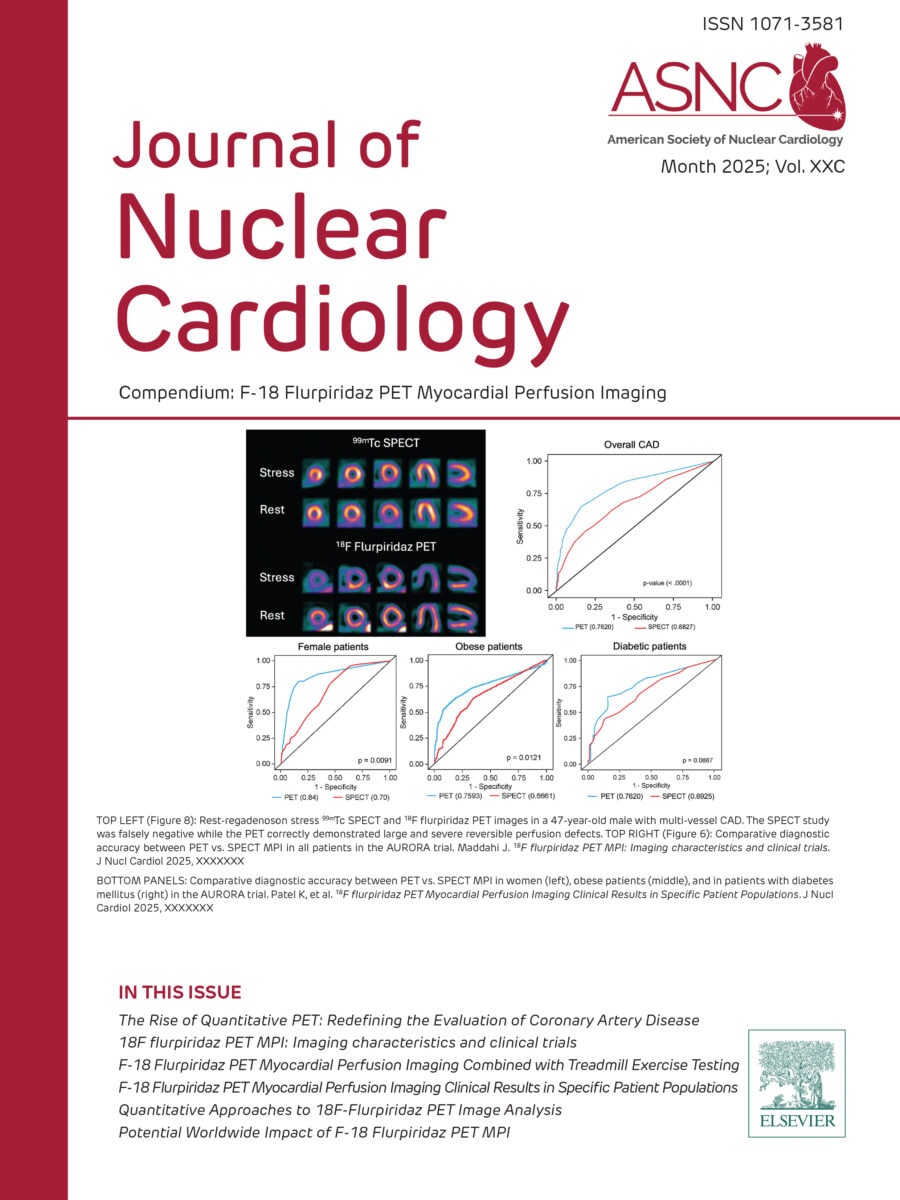
Prosthetic valve endocarditis. From Roque A, et al. Infection vs Inflammation in Prosthetic Heart Valves by [18F]FDG-PET/CT: A Practical Tutorial for Accurate Interpretation. Journal of Nuclear Cardiology, Volume 45, 102053.
In Case You Missed It: More News from JNC
Could MIBG Imaging Help with Early Diagnosis of ATTR-CM?
The I-NERVE study by Alwin Tubben, MD, et al., examines whether the power of 123I-meta-iodobenzylguanidine (MIBG) to assess cardiac autonomic neuropathy could be leveraged for regional assessment of cardiac sympathetic denervation in patients with suspected wild-type transthyretin amyloidosis cardiomyopathy. What do the I-NERVE findings suggest about the potential role of MIBG imaging in the diagnosis and management of ATTR-CM? To find out, view the study.
Is a Lower Tc-99m Injected Dose Possible with CZT Technology?
JNC published the largest study to date investigating whether use of cadmium zinc telluride (CZT) cameras could enable the dose of radiotracer to be significantly lowered without compromising image quality. The study, by Mathieu Perrin, MD, and colleagues, evaluated a mean effective radiation dose of 4.5 mSv. How did CZT technology with a small fraction of the radiation compare with conventional gamma cameras? Read the study.
If you are already logged into your ASNC account, access JNC here.
Article Type
JNC News
Category
Journal of Nuclear Cardiology (JNC), Research
Related Posts
F-18 PET Tracer Shows Potential for Assessing Fatty Acid Metabolism
The nuclear cardiology pipeline includes several new radiopharmaceuticals, including the novel F-18-labeled…
ASNC/IANC-Funded Research Published in JNC
The April issue of the Journal of Nuclear Cardiology includes original research,…
First JNC Compendium Focuses on Potentially Transformative Impact of F-18 Flurpiridaz
The Journal of Nuclear Cardiology just published the inaugural JNC Compendium, a…



